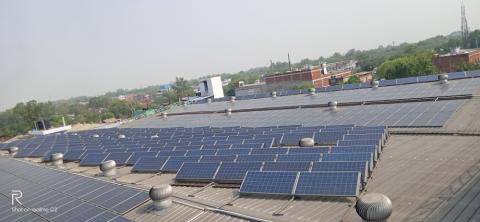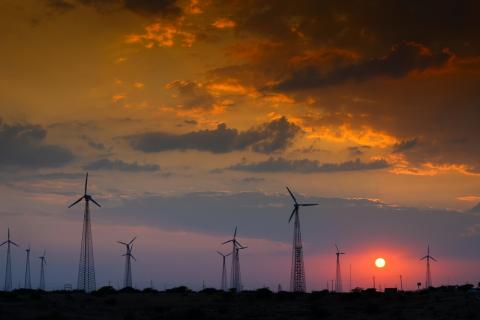India unable to compete with record low solar tariffs in Gulf region
Download Full Report
Key Findings
To sustainably meet growing electricity demand, countries in the Arabian Gulf are increasingly promoting renewable energy.
The International Renewable Energy Agency estimates that by 2030, the region will boast 72.0 gigawatts (GW) of renewable capacity, mostly containing solar at 65.5GW (90%).
In the last few years, the Gulf region has seen significant investor growth in large utility-scale solar photovoltaic projects, particularly in the United Arab Emirates and Saudi Arabia.
The discovered solar tariffs in some of these projects are the lowest in the world, with record low tariffs quoted in project proposals stemming from Abu Dhabi, Qatar, Dubai and Saudi Arabia.
Executive Summary
The key reasons why the Gulf region has lower tariffs than India include:
- Lower cost of US$ denominated, long-dated financing;
- Lower expected return on equity (ROE);
- Higher solar resources leading to higher capacity utilization factor (CUFs);
- No corporate taxes nor duties on equipment and power sales; and
- Negligible land cost for solar projects.
Awarded tariffs in the Gulf countries and in India have zero inflation indexation over the 25-year power purchase agreement, meaning the real tariff is contractually set to decline annually, driving electricity system deflation.













